ANSI Standards For Equipment
Posted by Howie Scarboro - CEO Fall Protection Distributors, LLC on Jul 7th 2023
When it comes to safety in the workplace, there is no room for cutting corners. For this reason, it is important to be familiar with ANSI standards for fall protection equipment and personal fall arrest systems. These standards are in place to protect workers' lives everywhere, and it is crucial to understand how they can help your business maintain the highest levels of safety.
In this blog post, we take a closer look at ANSI standards and what they mean for fall protection equipment.
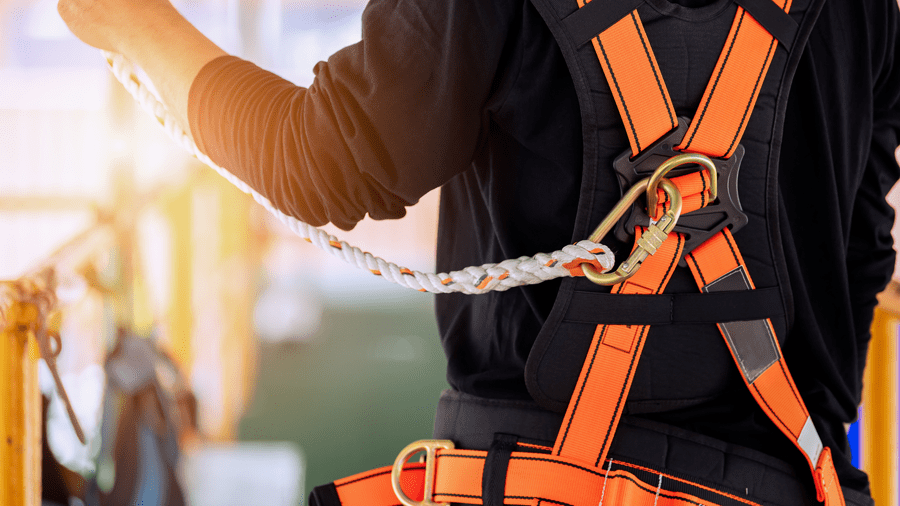
What Are The ANSI Standards?
The American National Standards Institute (ANSI) Safety Standards are guidelines that ensure occupational safety compliance with safety regulations in various settings. These standards are created by a range of organizations, including the American Ladder Institute (ALI), the American Society of Safety Professionals (ASSP), the International Organization of Standardization (ISO), and the International Safety Equipment Association (ISEA).
These standards are widely used and applicable in many settings, including construction sites, laboratory settings, and specifications for building a safe work environment. They cover fall hazards and fall protection equipment, including personal fall arrest systems, full body harnesses, horizontal fall arrest systems, rescue systems, and self-rescue systems.

The ANSI Standards are important because they help ensure the safety of employees by establishing clear and specific requirements for fall protection products. Employers can use the ANSI standards as part of their managed fall protection program to identify and address fall hazards and establish proper fall arrest systems. Additionally, complying with ANSI standards can help employers comply with OSHA regulations and avoid costly fines.
These standards are regularly updated to reflect the latest technological advancements, changes in safety regulations, and industry best practices. Employers and workers must stay informed about the latest ANSI Standards to ensure their fall protection systems meet or exceed them. By doing so, they can help ensure a safer work environment and reduce the risk of serious injuries or fatalities resulting from falls.
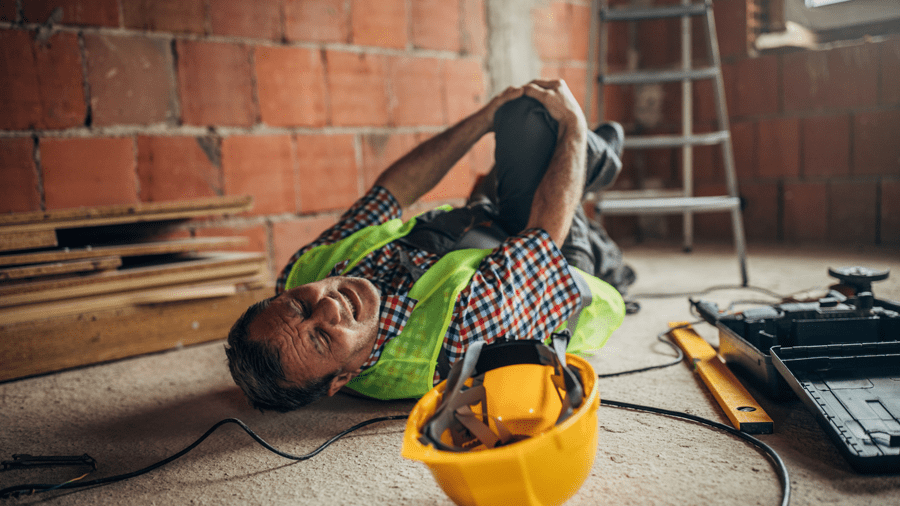
Why Are The ANSI Standards Important?
The American National Standards Institute (ANSI) has become a vital source of safety regulations and standards for safety programs used in various industries. The standards set forth by ANSI play a critical role in protecting people's health and safety, preserving the environment, and ensuring the compatibility of various products.
With the increasing concern for workers' safety, OSHA regulations have mandated fall protection for workers at heights over six feet in construction industries. The ANSI standards provide critical guidance in developing safety equipment and fall protection systems that adhere to OSHA's rules.
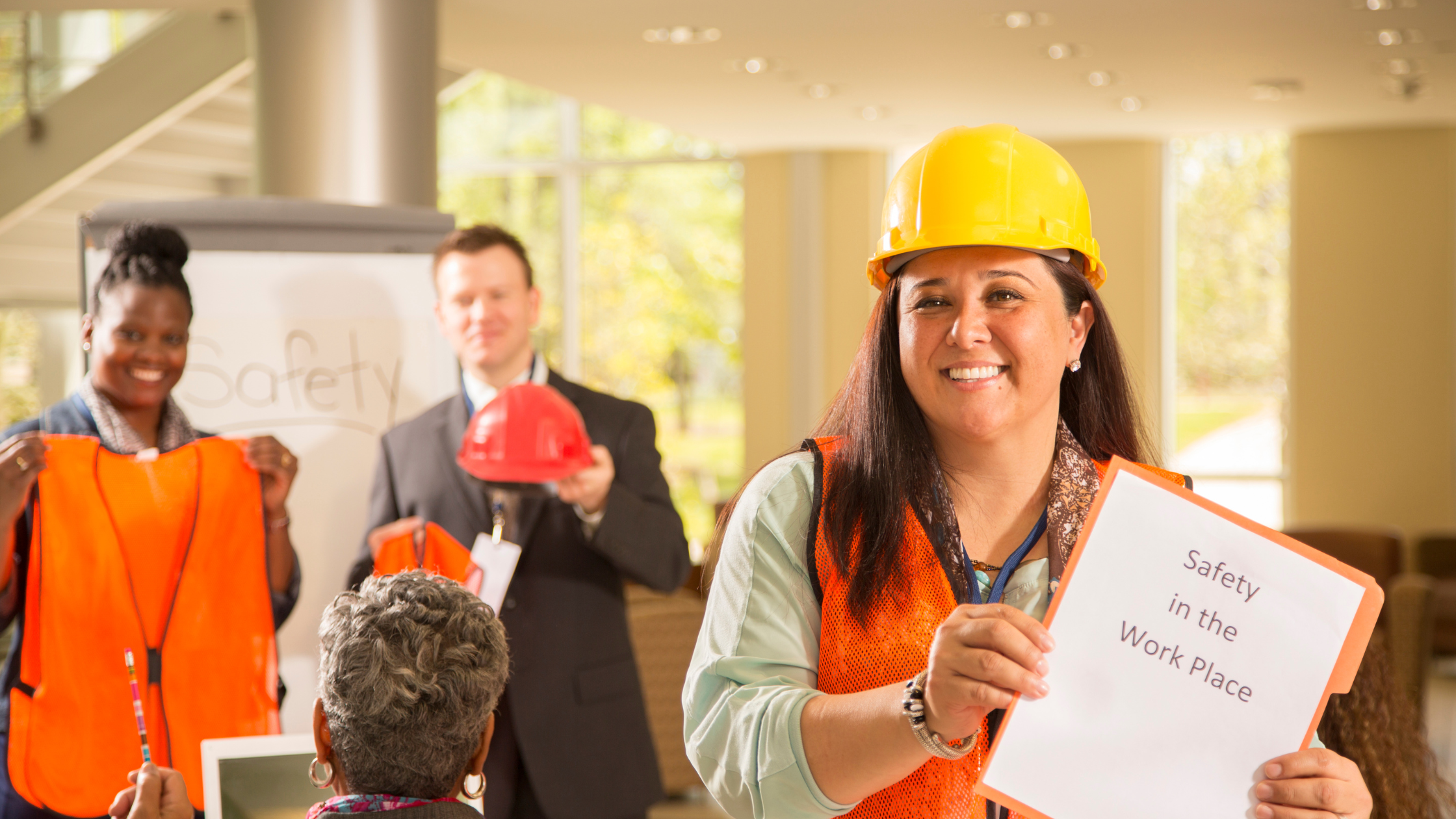
The ANSI Standards provide the basis for driving decision-making and development of all Personal Protective Equipment (PPE). Whether horizontal fall arrest systems, full-body harnesses, or other fall protection products, ANSI sets a fall protection codes and international standard to guarantee worker safety and performance.
Falls from heights have been identified as the leading cause of serious injuries and death among construction workers. The ANSI Standards play a crucial role in protecting people from fall hazards, promoting the use of personal fall arrest systems, rescue systems, self-rescue systems, and managed fall protection programs. Fall protection systems certified to meet the ANSI Standards can be trusted to reduce fall injury risks significantly.
Active fall protection systems require critical design, manufacture, testing, installation, and training procedures to provide proper protection training for workers. ANSI Standards helps ensure that fall protection equipment follows the highest safety standards. Before choosing a fall protection system, ensure they meet the ANSI Standards by checking the ANSI-ASSP Z359 series.
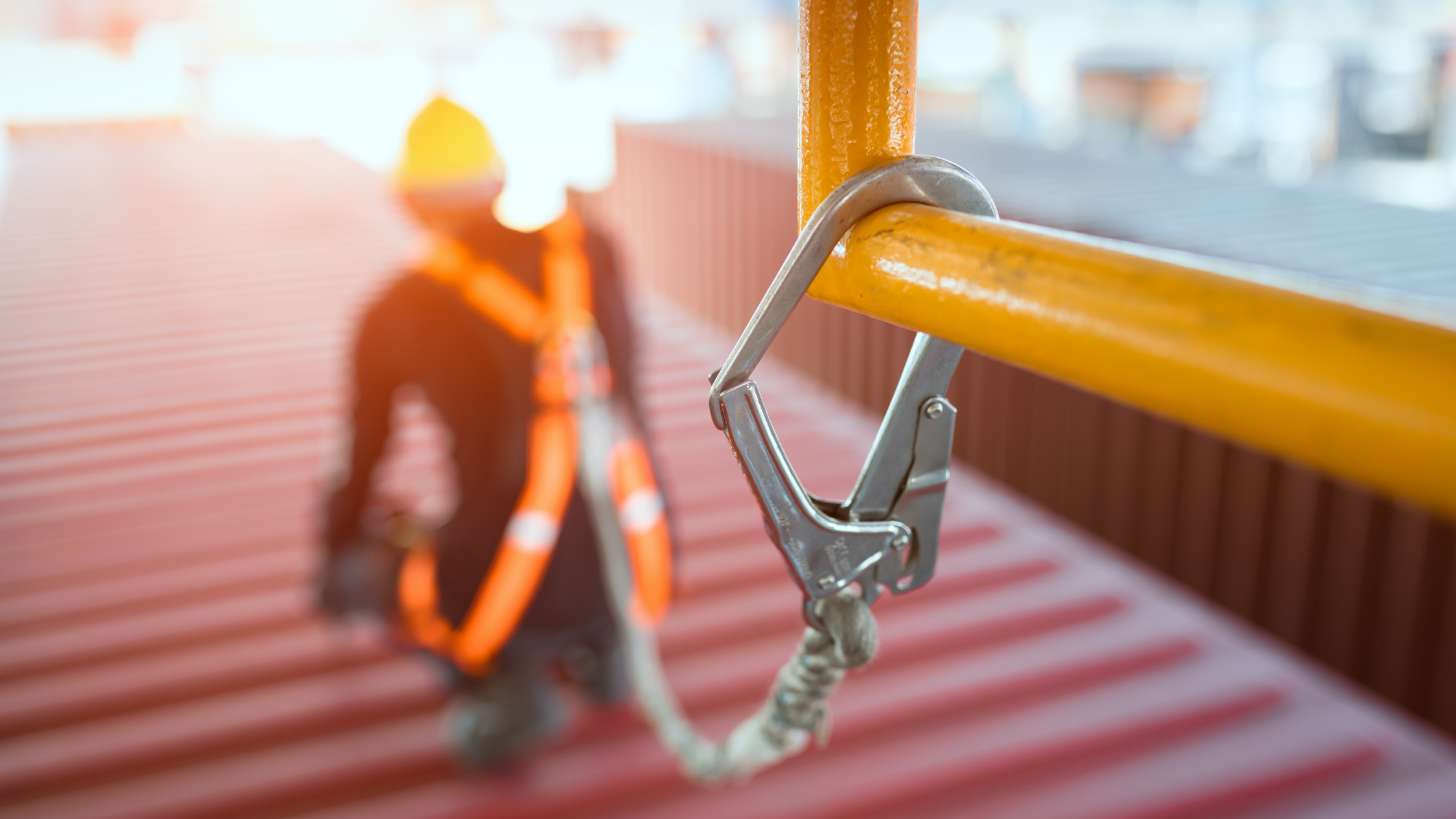
What Do The ANSI Standards Cover?
The American National Standards Institute (ANSI) has established a wide range of standards that cover safety for employees and consumers, manufacturing processes, and product distribution. The ANSI Standards aim to ensure that the products we use and the environments we work in are safe and reliable. They apply to a broad range of products, from light bulbs to lipstick, coffeemakers to clothes, and various industries, including healthcare, education, and construction.
In terms of occupational safety, the ANSI Standards provide guidance and regulations that align with current OSHA regulations. They set requirements for fall protection products, fall protection systems, and self-rescue systems that prevent and protect employees from fall hazards. ANSI Standards include managed fall protection programs, fall protection codes, and personal fall arrest systems.

The ANSI Standards cover many fall protection products, including full-body harnesses, horizontal fall arrest systems, and active fall protection systems. These products are essential in preventing fall hazards and protecting employees from injury or death.
Furthermore, the ANSI Standards include rescue systems that provide a quick response in case of fall incidents. These systems ensure that employees are safe and secure until rescued.
It is worth noting that ANSI Standards are continuously updated to keep pace with technological advancements, changes in international standards, and the evolution of best practices in various industries. As a result, fall protection equipment manufacturers and safety professionals must remain up-to-date with these standards and regulations.
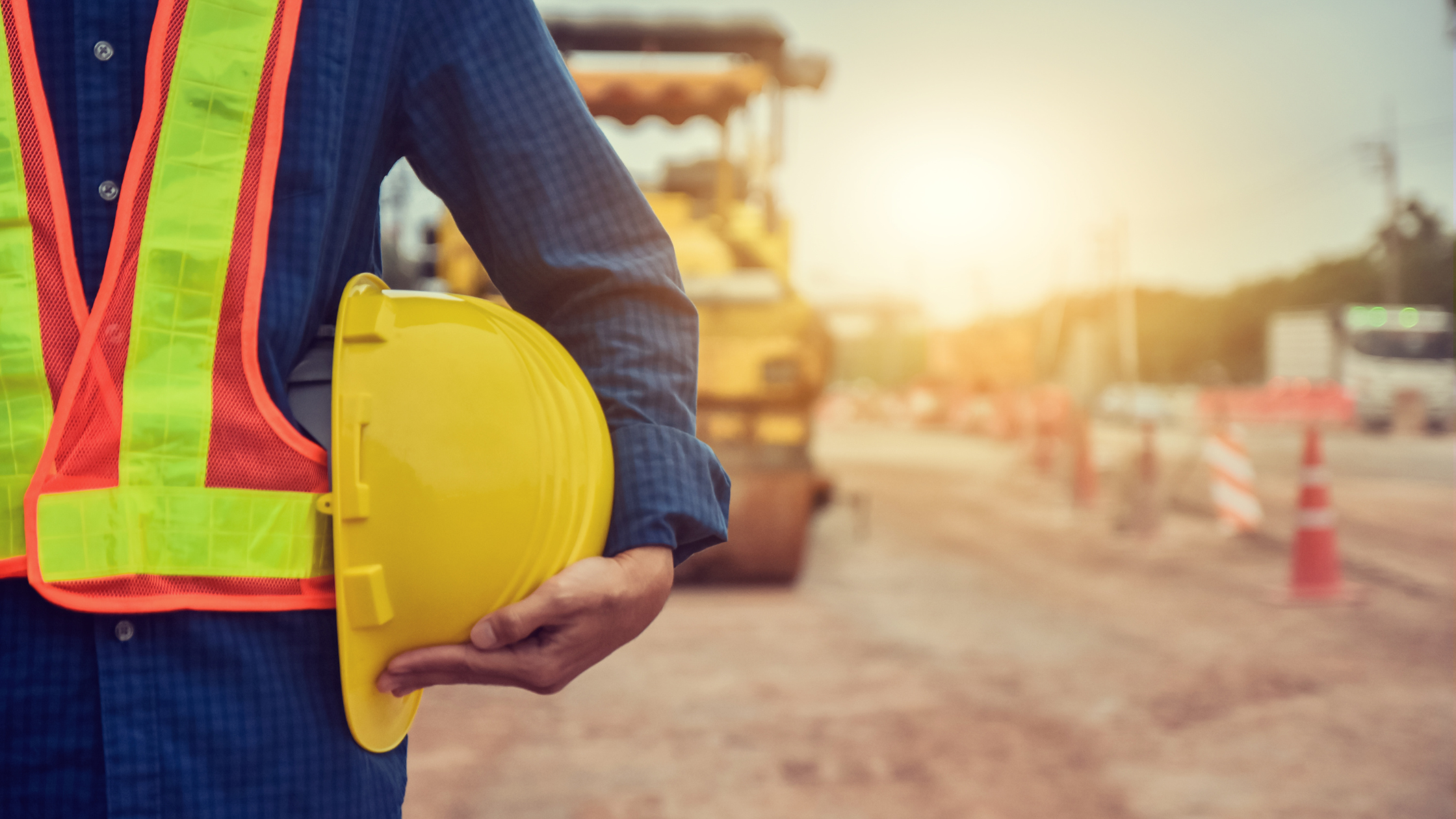
How Often Are The ANSI Standards Updated?
ANSI, or the American National Standards Institute, renews its standards every five years to ensure they are up-to-date and aligned with the latest industry practices. The most recent updates, such as the 2015 and 2020 updates Z87.1-2020, were particularly significant for safety glasses.
These updates help distributors and end-users to make informed decisions when purchasing fall protection equipment, including personal fall arrest systems, full-body harnesses, self-rescue systems, and more. Keeping up with the latest standards ensures that you meet occupational safety and OSHA regulations but also mitigate fall hazards in the workplace.
Having a managed fall protection program in place that incorporates active fall protection systems and rescue systems can help prevent serious injuries and fatalities. It is essential to stay up-to-date on ANSI and other international standards related to fall protection equipment to ensure that your fall protection systems are as effective as possible.
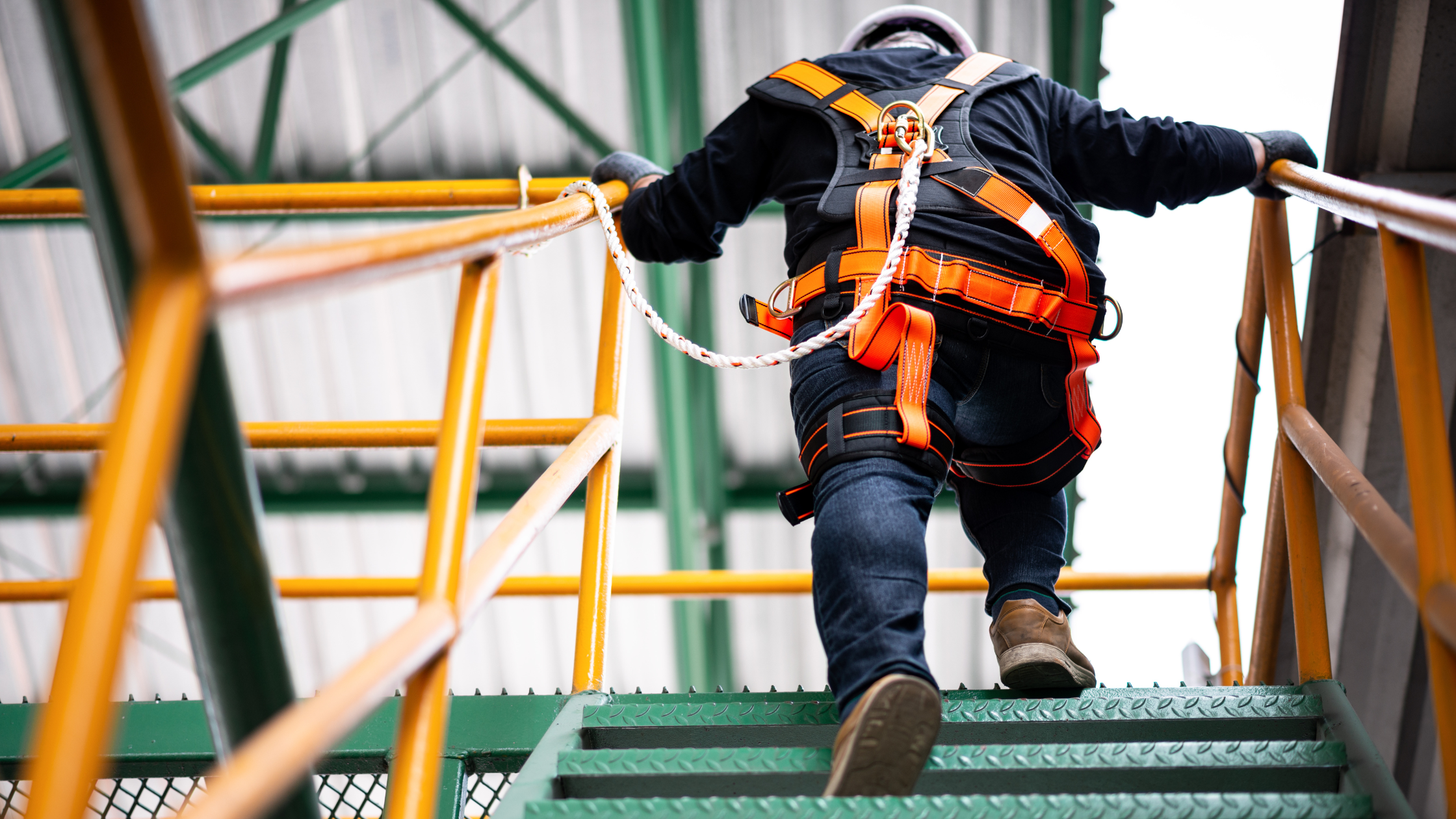
How Do You Know Your Fall Arrest System Is ANSI Compliant?
The American National Standards Institute (ANSI) has developed comprehensive safety standards that manufacturers of fall protection equipment must comply with to ensure occupational safety. As an employer or an employee, it is important to ensure your fall protection equipment complies with the ANSI Standards.
To do this, manufacturers must provide a Declaration of Conformity (DOC) for each piece of equipment to prove ANSI compliance. According to ANSI, the manufacturer or certification organization shall not claim compliance to portions of a standard, exclude tests or sections of standards, or provide exceptions. The Declaration of Conformity or Certificate of Compliance shall only be provided when a product passes all applicable tests and includes all markings, labels, and instructions required by the product standards.
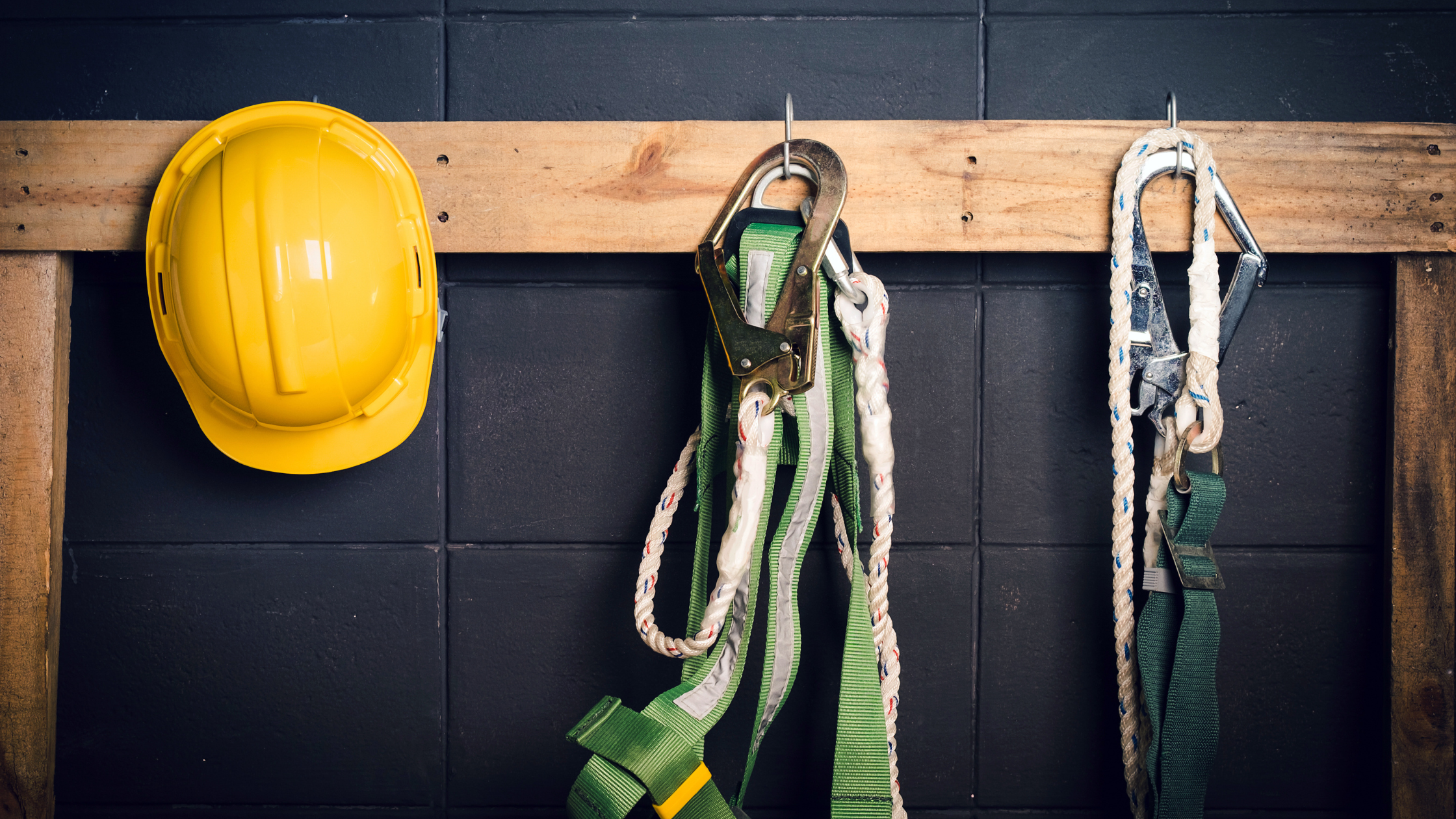
To use a Declaration of Conformity to find products that comply with ANSI standards, carefully review the document to ensure it includes all the information ANSI requires. Incomplete DOCs can be used to misdirect customers, so be sure to vet the documents and make sure it is legitimate. If you are uncertain of the authenticity of a DOC, it is best to reach out to the manufacturer for further information.
It is up to you to ensure your fall protection equipment meets ANSI standards. Using ANSI-compliant equipment is critical to keeping yourself and your employees safe in all situations where fall hazards are present.
By following the ANSI Standards and properly vetting a manufacturer's Declaration of Conformity, you can take proactive steps towards establishing a managed fall protection program that includes active fall protection systems, self-rescue systems, horizontal fall arrest systems, rescue systems, full-body harnesses, personal fall arrest systems, and other fall protection products that meet the international standards set forth by ANSI and OSHA regulations.
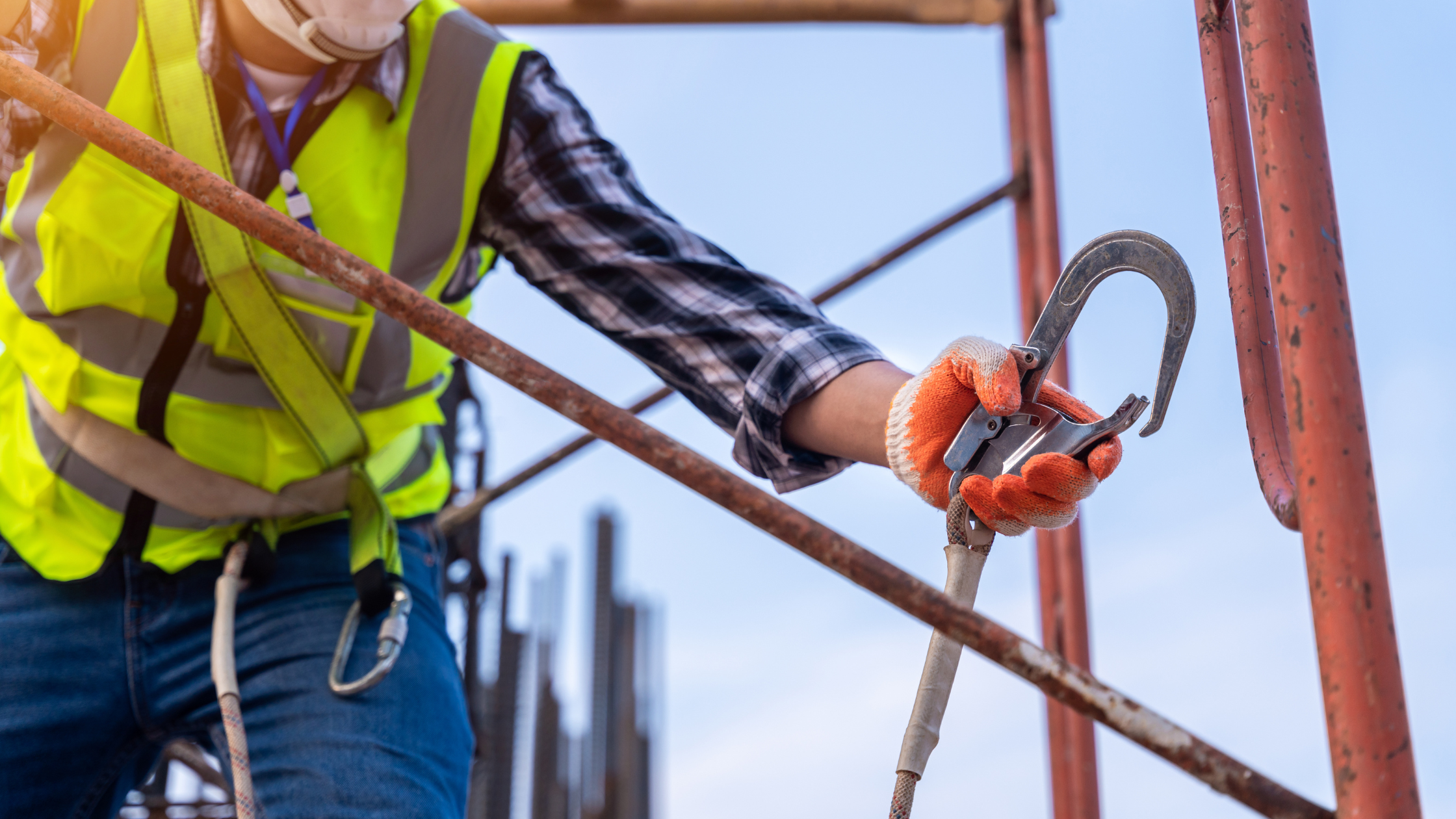
Conclusion
In summary, the ANSI Standards play a crucial role in ensuring the safety and effectiveness of fall protection equipment. They cover various aspects such as design, testing, and labeling, and are updated regularly to reflect the latest industry advancements. It is essential to ensure that your fall arrest system meets these standards and is maintained to ensure maximum safety.
If you are looking for fall protection equipment, always check if it meets ANSI Standards before purchasing. In doing so, you will be able to protect your workers and yourself while on the job.
Remember, safety is always a top priority, and fall protection is no exception. So, take the time to familiarize yourself with the ANSI Standards and ensure your fall protection equipment is compliant. By doing so, you will be taking a critical step toward a safe working environment.
Act today to ensure your fall protection equipment meets the latest ANSI Standards and always put safety first.

